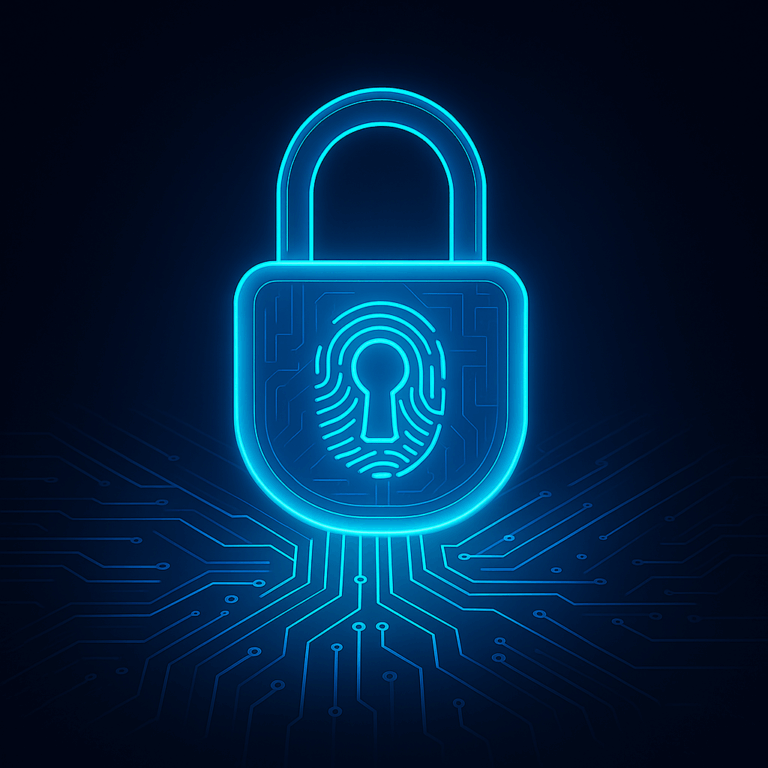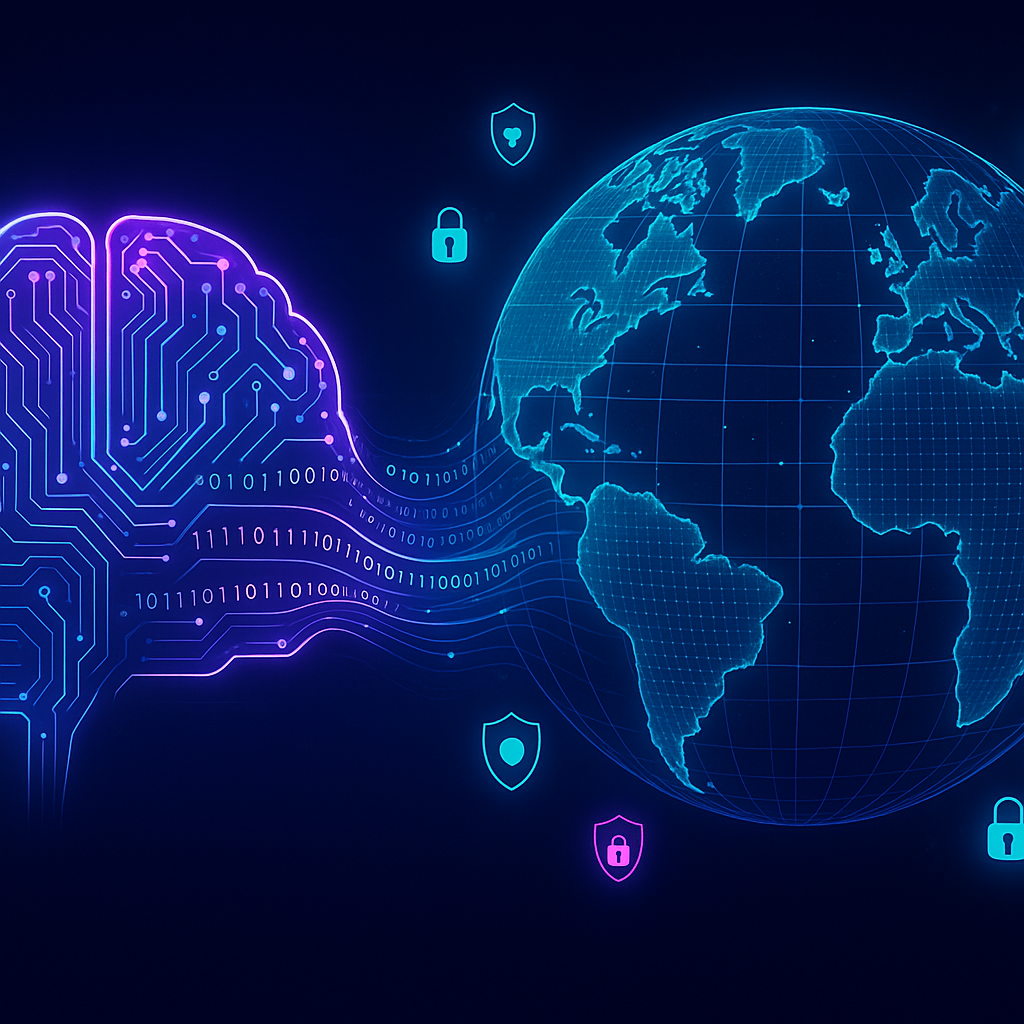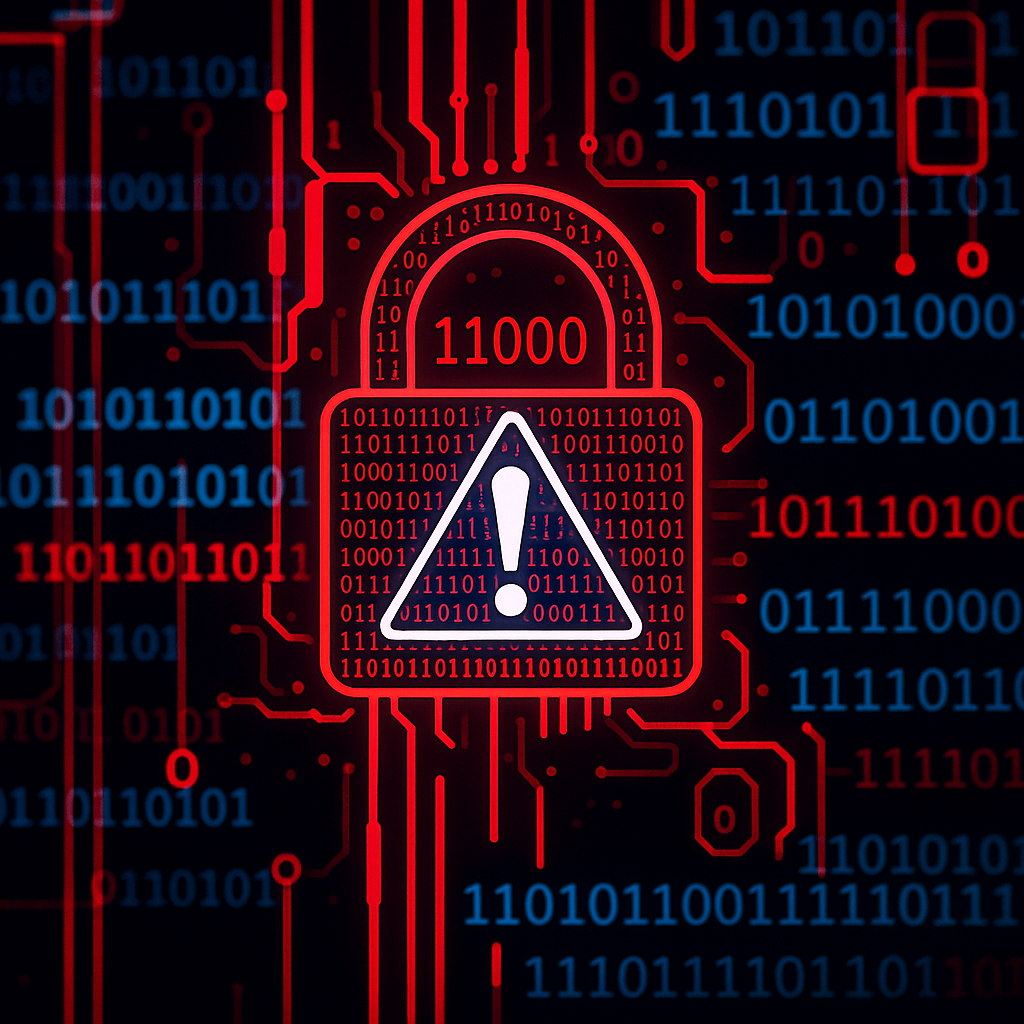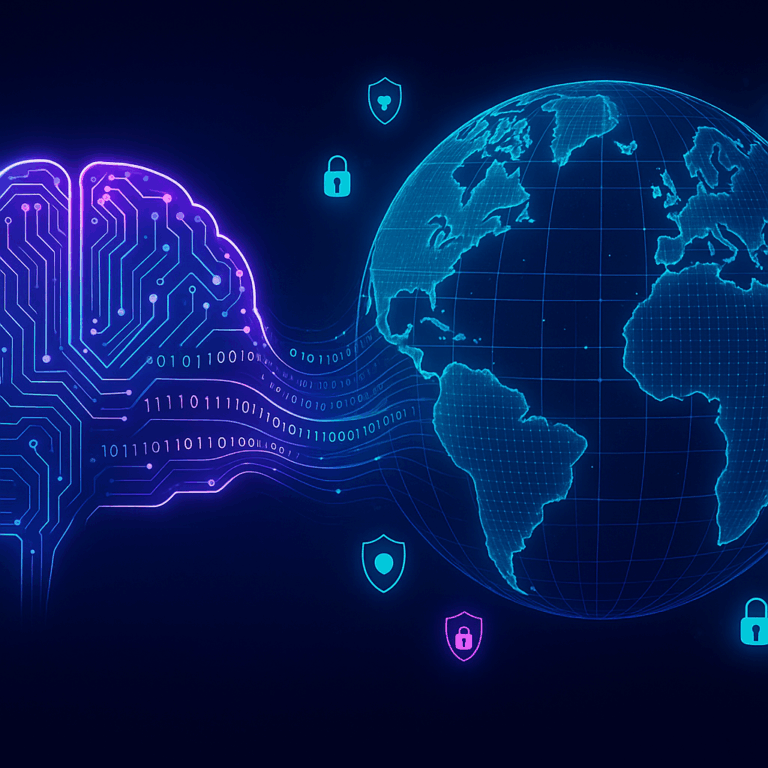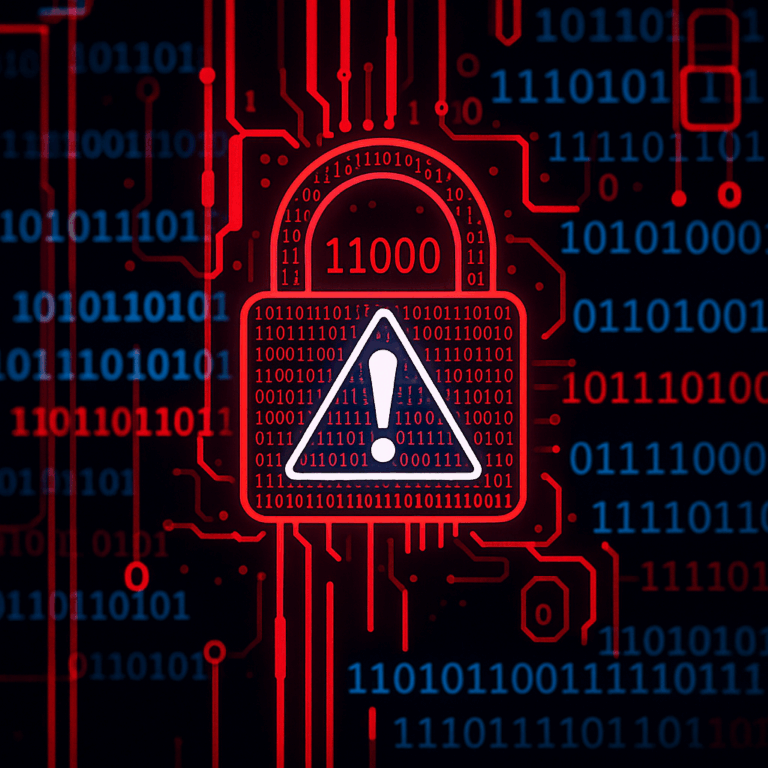
Understanding Cybersecurity: Protecting Digital Spaces Today
In our increasingly connected world, cybersecurity has transformed from a technical curiosity into a fundamental necessity. Every digital transaction, email, or social media interaction presents both an opportunity and a potential risk! As cyber threats evolve at an alarming pace, ensuring the safety of our digital spaces becomes an ever more intricate dance. Let’s dive deep into understanding these threats and arm ourselves with knowledge to safeguard our digital existence. Why are these cyber threats growing, and how must we adapt to shield ourselves from this digital storm?
Understanding Cybersecurity Threats
With the onset of sophisticated attacks, cybersecurity has become an arms race. Attackers continuously evolve their methods while defenders strive to stay one step ahead. But what exactly are these attacks, and how do they operate?
What is an Attack?
An attack is an unauthorized attempt to access, corrupt, or disrupt an organization’s or individual’s digital environment. These could range from phishing scams seeking personal information to advanced persistent threats aiming to siphon off trade secrets. Understanding the motive behind these attacks helps in devising strategies to thwart them.
How Are These Attacks Executed?
Cyberattacks are becoming increasingly sophisticated, leveraging a mix of social engineering, software exploits, and network vulnerabilities. Here’s a quick look at some common techniques:
- Phishing: Attackers trick individuals into revealing sensitive information such as passwords or banking details by masquerading as trusted entities.
- Ransomware: This malware encrypts files on a device, demanding a ransom for decryption.
- Denial-of-Service (DoS): Overloads a system with requests, causing it to crash and become unavailable to legitimate users.
- Man-in-the-Middle (MitM): Eavesdropping on communications to intercept or alter information.
Why Do These Attacks Matter?
With the growing dependence on digital technologies, any disruption or breach can have severe repercussions, ranging from financial losses, reputational damage, to national security threats. As cyber attacks grow more sophisticated, the potential damage becomes more catastrophic. This raises the stakes for businesses and governments alike to prioritize cybersecurity in their strategic planning. A breach today doesn’t just mean financial strain but also a breach of trust.
The Role of Advanced Technologies in Cyber Defense
While attackers are innovating, so too are defenders. Advanced technologies like artificial intelligence (AI) and machine learning (ML) are pivotal in leveling the battlefield. Here’s how:
AI-Driven Threat Detection
AI accelerates threat detection by analyzing vast datasets quickly, identifying patterns, and predicting potential threats. Systems powered by AI can adapt and learn from each encounter, continuously improving their threat identification capabilities.
Machine Learning for Anomaly Detection
ML algorithms analyze regular user behavior to recognize abnormalities. For example, if an employee suddenly attempts to download vast amounts of sensitive data at odd hours, ML systems can flag this behavior for further investigation. By differentiating between normal and suspicious activity, these systems provide a proactive defense layer.
Network Security Protocols
Strong network security protocols, like encryption and multi-factor authentication, are foundational to cybersecurity strategies. These protocols protect data in transit, ensuring that even if intercepted, the information remains inaccessible without the correct credentials.
Data Protection Strategies
Data is the lifeblood of modern businesses. Ensuring its protection is paramount. Here are actionable strategies to enhance data security:
- Regular Backups: Consistently back up critical data and store it offline or in a secure location to protect against ransomware.
- Data Encryption: Encrypt sensitive data to render it useless if intercepted by unauthorized parties.
- Access Control: Implement role-based access controls to ensure individuals only access data pertinent to their role.
Challenges and Future Implications
Despite technological advancements, challenges remain. Attackers often exploit human error, and no system is entirely foolproof. Cybersecurity professionals must remain vigilant, continuously updating their knowledge and strategies. Organizations need to foster a culture of security, ensuring every employee recognizes their role in safeguarding the digital realm. Future trends, such as the rise of quantum computing, promise to reshape the cybersecurity landscape. Preparing for these changes is crucial for long-term resilience.
In conclusion, cybersecurity is not a one-time effort but a continuous journey. As threats evolve, so must our defenses, ensuring our digital spaces remain secure in an ever-connected world.
